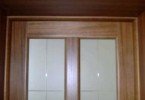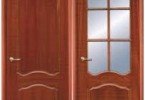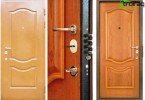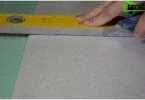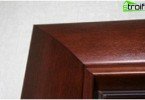How to bend drywall
Often in interior design you can see curved surfaces made of drywall. People who do not work with this finishing material cannot understand how to bend drywall so that the sheet does not break. It turns out that manufacturers produce special arched gypsum plasterboards that lend themselves well to various deformations. However, there are several ways to perform these operations on ordinary wall drywall. All methods have one basis, but differ in the choice of tools and devices..
Content
- Arch gypsum plasterboard GKLA
- Methods of bending conventional drywall
- Expert Advice
Arch gypsum plasterboard GKLA
If the interior design project requires arches, semi-arches, as well as any other domed or wavy curved figures, then you need to purchase a special arched gypsum board. The thickness of this material is 6.5 mm. Sheets are easily bent, while there is the smallest possible bending radius. For the installation of arched gypsum plasterboard, a frame of arched profiles is used, having cutouts along the side walls, which allow them to smoothly bend.
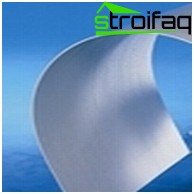
Arched Drywall
Methods of bending conventional drywall
1. A plasterboard blank on one side is wetted with water using a brush or roller. Then it is left alone for 5-15 minutes so that moisture is absorbed into the gypsum layer of the sheet. The wetted sheet is assembled by screwing it to metal profiles; after drying, the material becomes solid and holds the specified shape. This method is acceptable only in situations requiring a slight bend, otherwise the sheet will break..
2. To reduce the bending radius of the sheet using a special tool – a needle roller. With its help, the sheet is perforated on one side, which makes drywall easier to bend. Before bending, the sheet is also soaked with clean room temperature water..
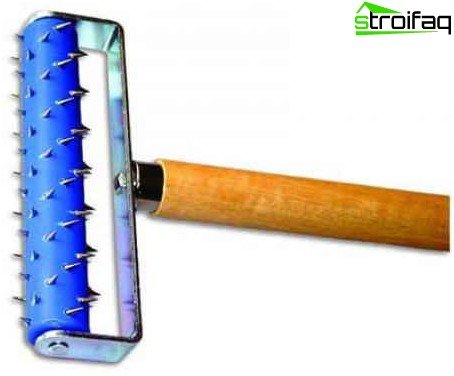
Needle roller
3. If there is no needle roller at hand, then work can be done with a sharp knife. At the same time, technology is changing. Cut the cardboard layer on one side of the sheet with an interval of 1-5 cm. The cuts should be perpendicular to the bending line of the workpiece. The bending radius of the drywall depends on the frequency of the notches. If the structure is concave, then cardboard must be cut from the inside. If the sheet is bent outward, then the front surface is cut. With this method, wetting with water is not required.
Important! The perforated side should always be located inside the bend..
4. This method allows you to achieve a very small bending radius of the sheet. For its use, a mill is used, in the absence of which work is carried out with a knife, but the quality is reduced. Using a cutter, gypsum is sampled, after which it should remain no more than 1-3 mm.
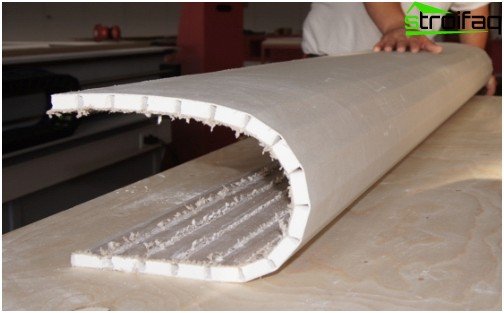
How to bend drywall using a router
Important! The frequency of the bands chosen by the cutter depends on the degree of bending of the drywall.
Expert Advice
When using arch GKLA on walls or partitions, it is necessary to strengthen the design.
There are two options for doing this..
1. The first draft layer is made of a conventional sheet of drywall designed for walls and ceilings. In this case, the above methods are used for bending it. Next is the installation of another layer, which is made of arched plasterboard. As a result, it is possible to obtain a rigid structure having a beautiful smooth bend.
2. All layers are made of arched drywall. The number of layers may vary in the range from two to four. This method allows you to get perfectly smooth rounded surfaces. But it requires large material and labor costs.
Important! When installing curved structures located on the ceiling, as well as high on the walls, it is more profitable to use arched gypsum board. The work can be carried out quickly, while receiving a perfectly smooth and smooth bend.
As you can see, the process of bending a sheet of drywall is not particularly difficult. As in any business, experience is required that allows, based on the complexity of the design, to choose the most optimal method of its manufacture. Having the right tool makes it easier to complete the task..


